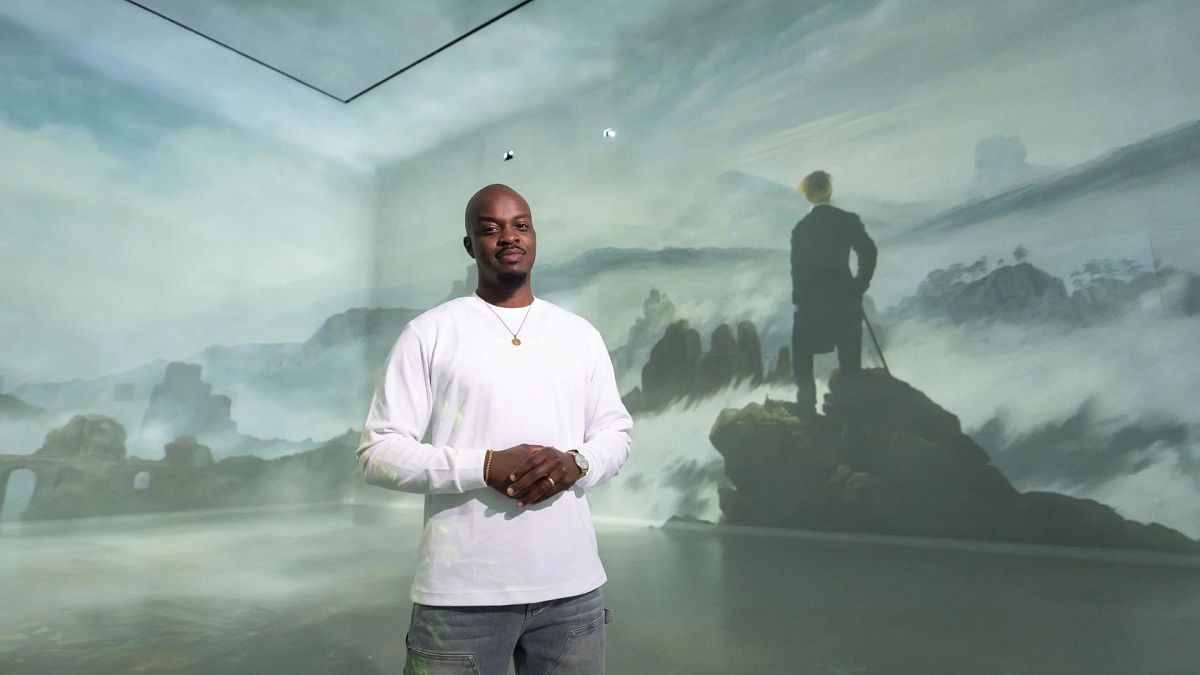

In a world where innovation and sustainability are increasingly interconnected, two distinct yet equally inspiring developments have emerged: the creative reimagining of art and the sustainable mining of rare materials. Each of these initiatives not only reflects the dynamic potential of collaboration but also underscores a profound respect for history and nature.
In London, a unique collaboration is breathing new life into iconic artworks. Spearheaded by George the Poet, an acclaimed spoken word artist known for his insightful and resonant performances, young Londoners are given the platform to reimagine classic paintings. This creative project is hosted by FRAMELESS, an immersive art space in the heart of the city dedicated to bridging the past with the present. The initiative is a celebration of diversity, encouraging youth to express their individual stories and perspectives through the powerful medium of spoken word poetry.
These young artists engage with renowned pieces, incorporating their lived experiences and contemporary issues into their interpretations. The spoken word performances enable a multi-dimensional dialogue between the historic and the modern, the tangible and the abstract. This endeavor not only honors the original artists and their masterpieces but also positions art as a living, evolving conversation, emphasizing the importance of inclusivity and personal expression in cultural preservation.
Moving from art to industry, Uzbekistan is making significant strides in contributing to global supply chains through environmentally conscious mining practices. As the demand for rare materials continues to surge, this Central Asian nation is scaling up its mining operations with a firm commitment to sustainability. Key resources such as uranium are being extracted through cleaner, greener techniques, minimizing the ecological footprint and preserving the integrity of the natural landscape.
Uzbekistan’s strategic approach involves forging foreign partnerships, which enhances their capabilities and aligns with international efforts towards a sustainable energy transition. Through these collaborations, not only is Uzbekistan solidifying its position as a reliable supplier of essential materials, but it is also exemplifying how industries can adopt sustainable methods that benefit global markets while protecting local environments.
Both of these endeavors—artistic and industrial—highlight the transformative power of innovative thinking and collaboration to address contemporary challenges. By blending tradition with modernity, whether in the eloquent reinterpretation of art or in the meticulous extraction of natural resources, these projects demonstrate a commitment to nurturing creativity and stewardship in a rapidly evolving world.
The young London poets’ vibrant renditions of classical art provide a refreshing outlook on cultural heritage, inviting audiences to explore the intersections of history and personal narrative. Meanwhile, Uzbekistan’s approach to mining illustrates a practical model of how global industries can pivot towards more sustainable and environmentally responsible practices. Each initiative serves as a poignant reminder that with mindful intent and collaborative effort, it is possible to honor the past while laying the groundwork for a sustainable future.
In conclusion, these stories resonate with a wider narrative of change and adaptation. As societies evolve, the integration of new ideas into established frameworks becomes crucial. Both the creative reinterpretation of classic art and Uzbekistan’s green initiatives in mining are exemplary of how embracing innovation can lead to meaningful progress. By fostering environments where creativity and responsibility thrive, these efforts provide us with hopeful glimpses into a world that honors its roots while boldly stepping into the future.
Source: {link}
